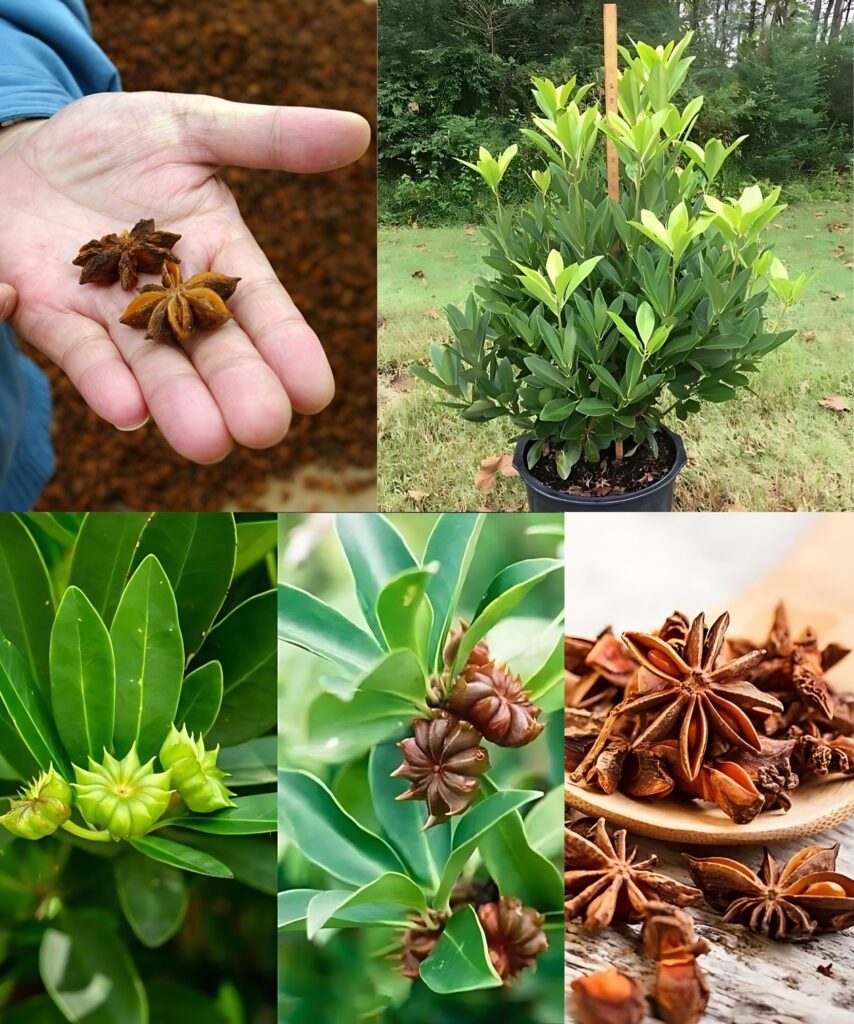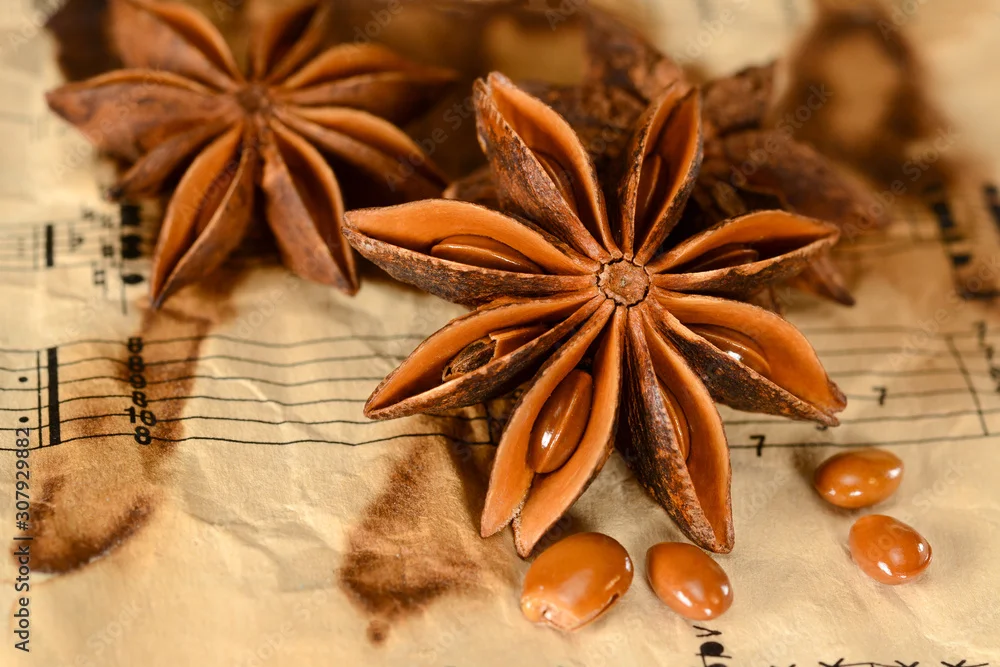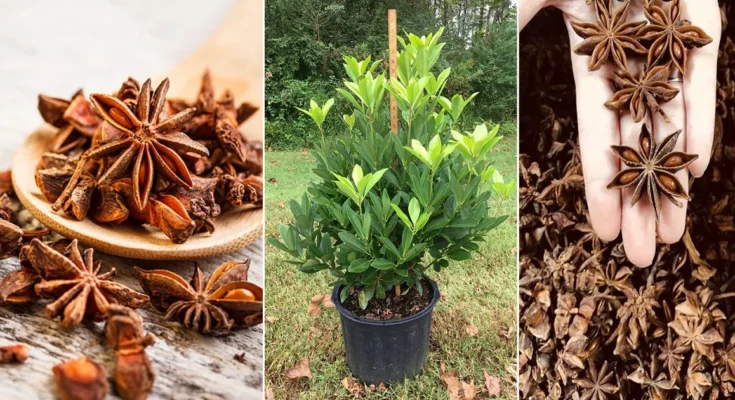Growing star anise (Illicium verum) in pots is a rewarding challenge for gardening enthusiasts. This aromatic spice, renowned for its star-shaped fruits and licorice-like flavor, is native to China and Vietnam. Below, we provide a detailed step-by-step guide to growing star anise from seed to spice in your home.

Step 1: Sourcing Seeds Sourcing fresh star anise seeds is crucial for successful germination. Look for reliable suppliers or specialty gardening stores. You can also choose to start with a young seedling, which may be easier to establish.
Step 2: Selecting the Right Container Although star anise trees can grow quite large, with proper pruning they can be kept in a large container. Choose a pot that is at least 45-60 cm deep and similarly wide, ensuring good drainage.
Step 3: Soil and Location Use a high-quality, well-draining potting soil mix. Star anise prefers slightly acidic to neutral soil (pH 6-7). Place the pot in a partially shaded location to protect it from the intense afternoon sun.
Step 4: Planting If you are sowing seeds, plant them just below the surface of the soil. Keep the soil moist but not soggy. Germination can be slow and may take several weeks.
Step 5: Watering and Humidity Star anise needs consistent, high humidity. Water deeply when the top layer of soil is dry. Consider using humidity trays or humidifiers in dry environments, especially during the winter.

Step 6: Fertilizing Fertilize your star anise plant with a balanced, slow-release fertilizer rich in nitrogen. Apply at the beginning of the growing season and again in mid-summer to encourage growth and fruiting.
Step 7: Pruning and Care Pruning star anise during the dormant season helps maintain a manageable size and promotes bushier growth. Remove dead or diseased branches and shape the tree to your preference.
Step 8: Overcoming Challenges Be patient, as star anise grows slowly and may take several years before it begins to bear fruit. Watch out for pests such as aphids and spider mites, using organic pesticides due to its use as a spice.
Step 9: Harvest Star anise fruits are ready to harvest when they ripen to a reddish brown color and split open slightly. Cut them from the tree and dry them in a cool, dark place.
Step 10: Storage Once dried, store the nuts in an airtight container, protected from direct sunlight and moisture. Properly stored, star anise retains its flavor for up to a year.

Growing star anise in pots requires care and patience, but the result is rewarding. This spice not only enhances your dishes, but also adds an exotic touch to your home or garden. Enjoy the process and the unique flavor it brings to your kitchen! Has this article inspired you? Share it with your friends and family so they can grow this wonderful spice at home too!



